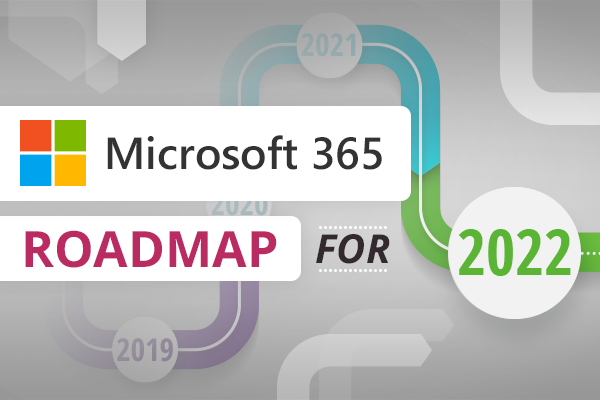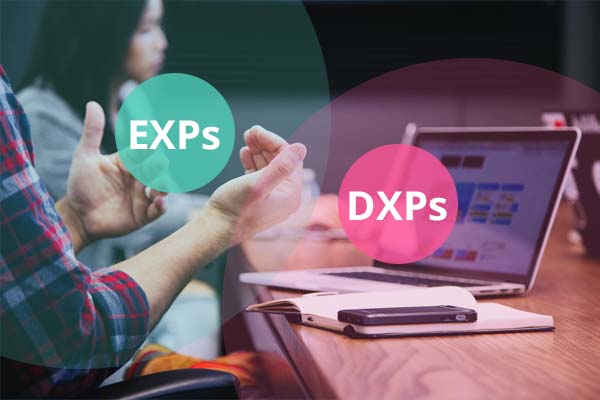
15 intranet content ideas that support employee engagement
Employee engagement is key, and the content you include on your intranet can make a real difference in helping a company to be a great place to work. Let’s explore 15 intranet content types and features that support employee engagement.



